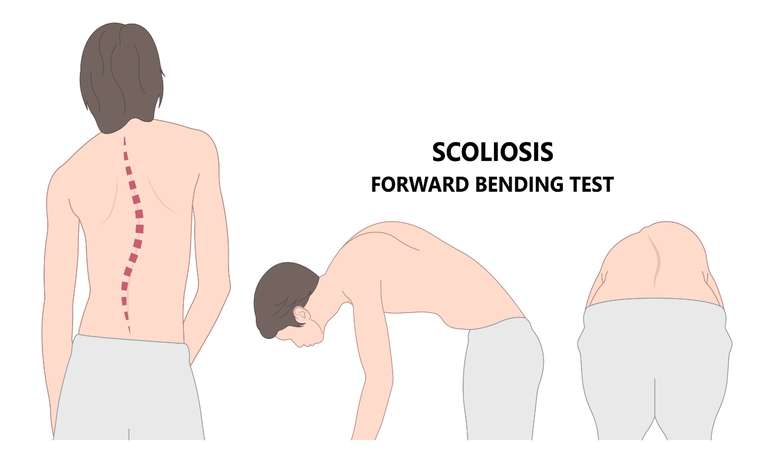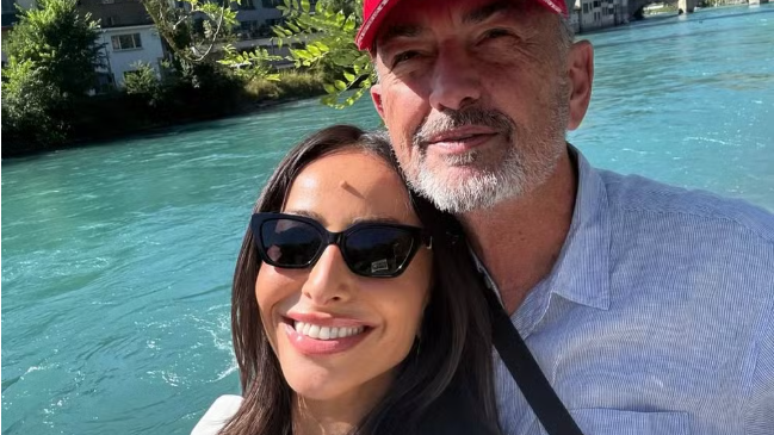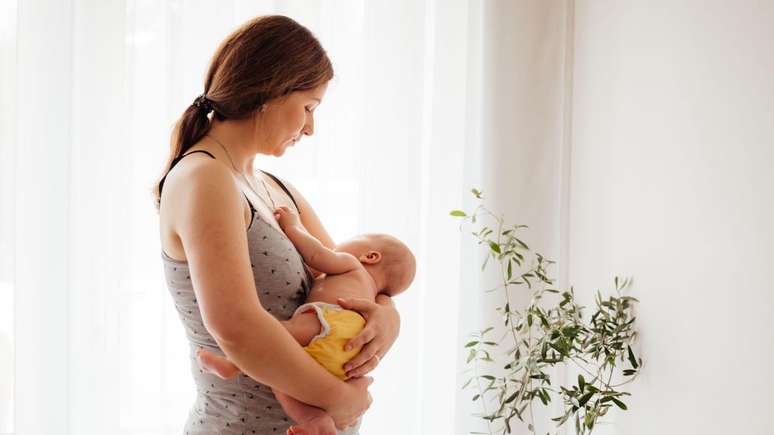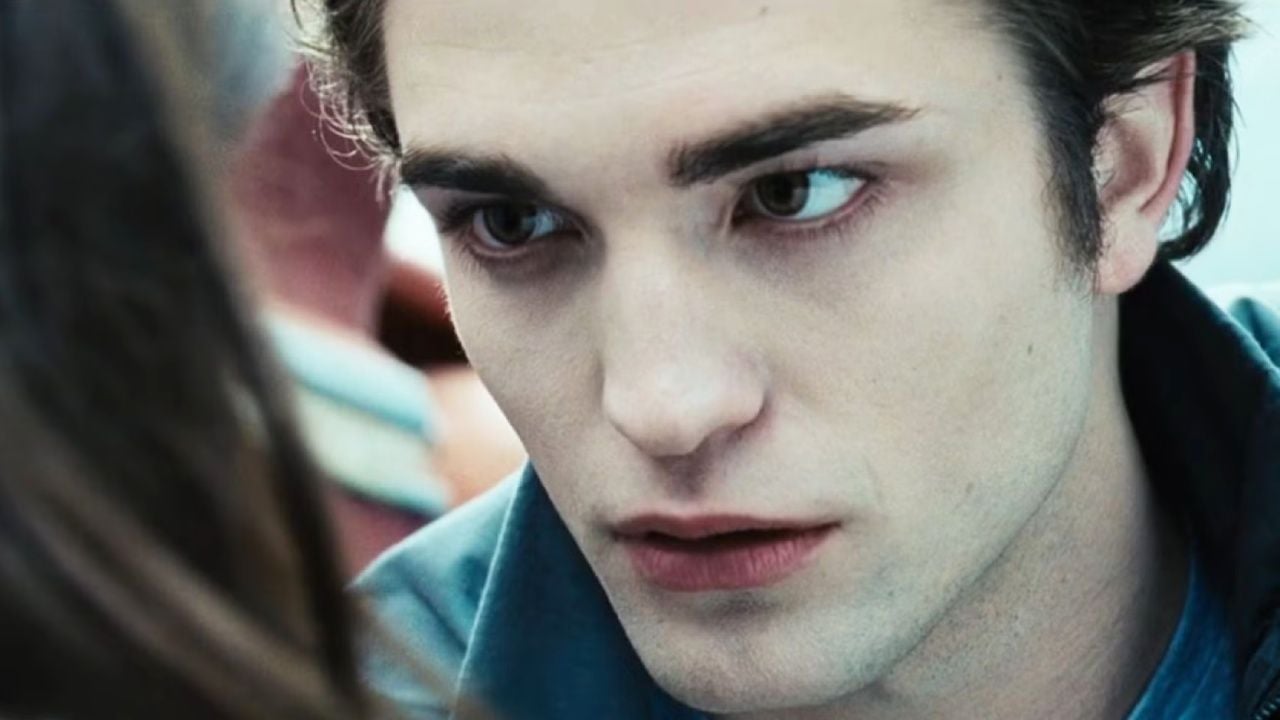Scoliosis appears solely due to poor posture and may go unnoticed by parents and guardians.
Scoliosis is one of the most common problems affecting the spine. In this condition, the spine deviates laterally, presenting a deformity. It appears exclusively due to poor posture, when using only one side of the body for a long time. More and more children and adolescents suffer from this problem.
According to Dr. Nilo Carrijo Melo, orthopedic doctor and spine specialist at Grupo Spine, idiopathic scoliosis is the most common type and occurs mainly in the adolescent age group. To give you an idea, it is responsible for 90% of deformity cases.
“More recent studies demonstrate that this type of deformity may be related to genetic changes that culminate in tortuosity of the spine. Therefore, it is known that one of the risk factors for the disease is the presence of first-degree relatives who have the deformity” , explains the expert.
Poor posture is the cause of scoliosis
It is common for parents and guardians to associate the use of electronic devices such as cell phones, computers, and video games with the onset of scoliosis. Indeed, they end up contributing to poor posture, but it has already been proven that these are not risk factors for the onset of scoliosis, Nilo points out.
“What we can see in practice is that, due to these habits, children or adolescents suffering from scoliosis have a more evident deformity. However, this occurs as a consequence of poor posture, not that the disease is actually worsening due to of these factors, “explains the doctor.
Furthermore, a heavy backpack can also represent a risk factor, following the same reasoning as the previous factors. It is not the cause of scoliosis, but it contributes to poor posture and back pain. “We can conclude, therefore, that although these factors are not the cause of the condition, it is important not to neglect them because they cause pain and bad posture”, underlines the orthopedist.
The first signs of scoliosis: how to identify the problem
The doctor reveals that most parents have great difficulty in noticing scoliosis in its early stages. It is not uncommon, therefore, for people to arrive at the office feeling guilty due to this “apparent carelessness”. “This is because scoliosis is a deformity that appears gradually and slowly and develops over several months, making it more difficult for mothers and fathers who see the child or adolescent to perceive on a daily basis,” he says.
That said, it is important to understand the early signs of scoliosis and remain vigilant. The doctor emphasizes:
- Shoulders not level (one shoulder is higher than the other when we look at the child or adolescent head-on);
- Asymmetrical waist (looking at the child or adolescent from behind it is possible to notice that one side of the waist is more “hollowed out” than the other);
- Pelvis not level (looking at the child or adolescent from behind it is possible to see one side of the pelvis higher than the other);
- Prominent shoulder blades (looking at the child or adolescent from behind you may see one of the shoulder blades more prominent on the skin and/or clothing).
“If you notice any of these signs, the best thing to do is to seek advice from a spine specialist you trust, to determine the exact degree of the deformity and this should be done with a panoramic x-ray of the spine. From this moment on it will be possible to define the treatment suited to the case”, explains the professional.
Importance of early diagnosis
The orthopedist emphasizes that, like any other disease, early diagnosis is extremely important to minimize future consequences. “Both by preventing progression to the point of requiring surgery, and by identifying surgical cases early, which allows for better correction of the deformity with a lower risk of complications,” he says.
According to him, the Adams test can facilitate the early diagnosis of scoliosis, even by people who are not healthcare professionals. “In this test the child or adolescent is asked to bend his torso forward with his feet and hands together, without bending his knees. The examiner positions himself behind the child or adolescent and observes whether there is a “asymmetry of the rib cage, that is, if one side of the back is higher than the other. If this happens, the child or adolescent should undergo a thorough evaluation by a specialist for possible scoliosis,” advises the doctor.
Source: Terra
Ben Stock is a lifestyle journalist and author at Gossipify. He writes about topics such as health, wellness, travel, food and home decor. He provides practical advice and inspiration to improve well-being, keeps readers up to date with latest lifestyle news and trends, known for his engaging writing style, in-depth analysis and unique perspectives.









